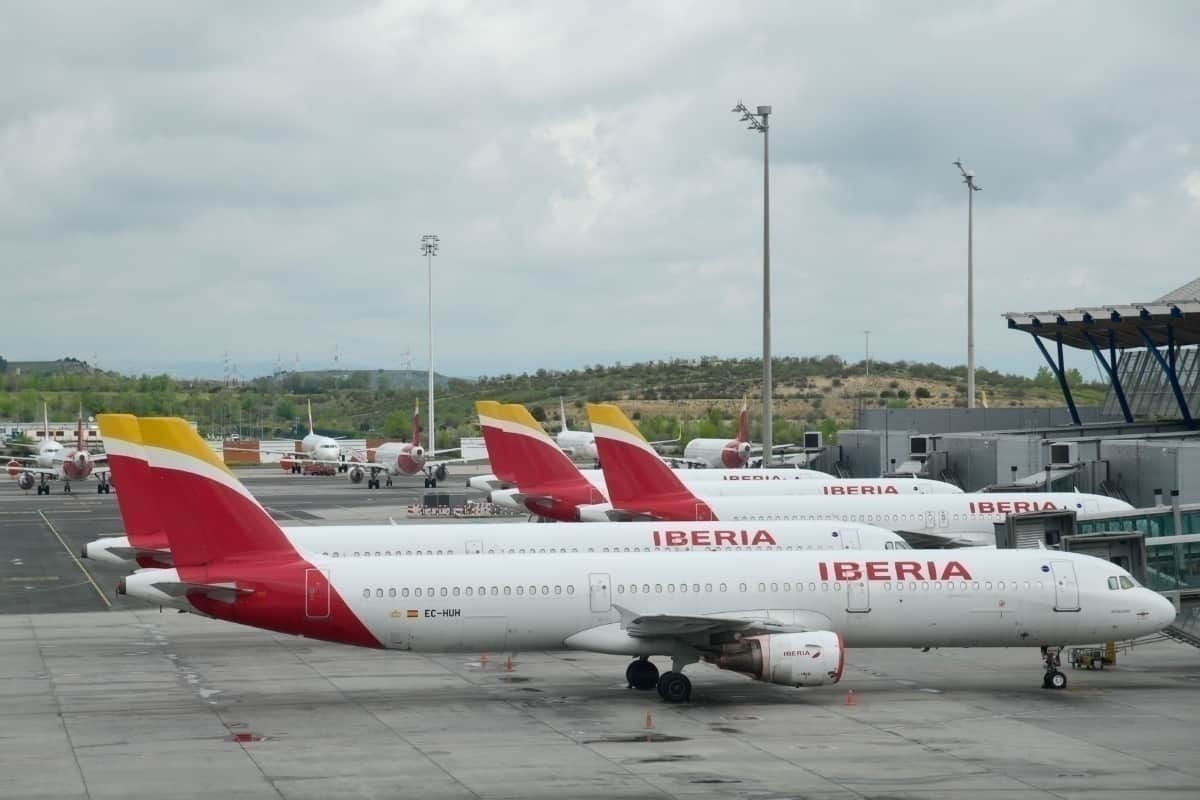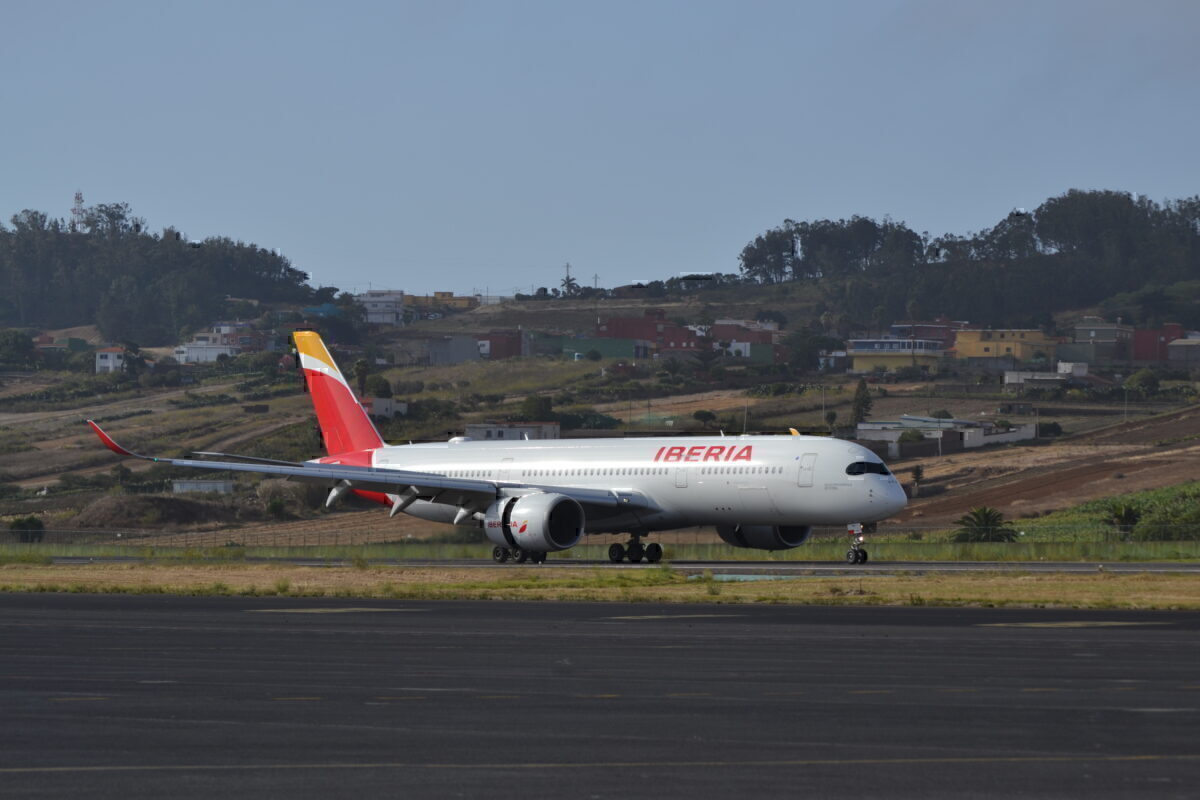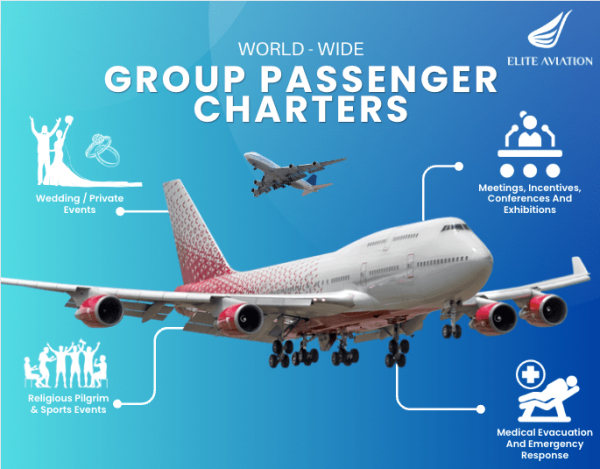Today we thought we would look at Iberia’s history and how the national Spanish flag carrier came to be. First, though, why is the IAG-owned airline called Iberia? That is an easy question to answer as it is named after the Iberian Penninsula, of which Spain is the largest country. The name Iberia is adapted from the Latin word “Hiberia” and was used by Greek geographers during the Roman Empire’s rule to describe Portugal, Spain, Andorra, and Gibraltar.

Like many airlines during the early days of aviation, the idea to start Iberia was born out of the need to deliver mail faster than any other means. Financed by Basque Industrialist Horacio Echevarrieta and Deutsche Luft Hansa to the tune of 1.1 million pesetas, Iberia was born on 28 June 1927.
Iberia delivered mail between Madrid and Barcelona
Within its first year of operation, Iberia was sponsored by the Spanish government to deliver mail between Madrid and Barcelona. During the dictatorship of Spanish Prime Minister Miguel Primo de Rivera, Iberia and another Spanish air carrier Compañía de Líneas Aéreas Subvencionadas S.A. were combined. Now operating under state control as a public utility in 1928, Iberia’s name was shelved until a later date.
When the Spanish Civil War began in 1937, Iberia and its Spanish Director-General, Navy captain Daniel de Araoz y Aréjula, received orders from Franco ally, General Kindelán, to organize the airline for the nationalist cause.
Iberia received six Ju 52s from Germany
Now able to run a company supporting the nationalist war effort, Daniel de Araoz y Aréjula traveled to Germany to get support and material to restore Iberia as an independent airline. Keen to support the nationalist cause, Nazi German leaders instructed Deutsche Luft Hansa to provide Iberia with six Junkers Ju 52s.

During the three year conflict, Iberia was based in the Castile and León city of Salamanca and operated flights to nationalist held areas of Spain and Spanish North Africa. Interestingly back then, all 17 seats on Iberia’s JU 52s were made of whicker, and all the passengers and their luggage were weighed before each flight. While weight still plays an integral part in modern aviation, it was critical to safety in the early days.
Iberia flew its first international flight in 1939
When the war ended in April 1939, Iberia operated flights to Seville–Larache–Cabo Juby–Las Palmas, Barcelona–Saragosa–Burgos–Salamanca–Seville–Tetuan, and Palma–Barcelona–Vitoria. Iberia’s first-ever international flight occurred on 1 May 1939, with a flight from Madrid to Lisbon. A year later, Franco gave Iberia the monopoly of air transport in Spain, but this changed six years later when air traffic in Spain was liberalized for private airlines. This allowed Iberia to separate itself from German connections and look to the United States for more modern aeronautical material and aircraft.
Iberia flew a DC-4 from Madrid to Buenos Aires
Now looking to fly further afield and expand its network, Iberia purchased seven DC-3 and three DC-4 aircraft and was in 1946 the first airline to fly to South America from Europe. Using a Douglas DC-4, Iberia hopscotched from Madrid to Morocco then across the Atlantic to the Brazilian cities of Natal and Río de Janeiro, before finally landing in Buenos Aries. This route was also the first time Iberia used flight attendants on its planes, with a waiter from Madrid’s famous Café Chipén becoming the first male flight attendant in 1947. This inaugural flight to South America saw Iberia expand to other Spanish-speaking nations adding flights to San Juan, Puerto Rico, Caracas, Venezuela, Mexico City, Mexico, and Havana, Cuba.


In 1953 Spain lifted visa restrictions for United States citizens spurring Iberia to launch a service between Madrid and New York aboard a Lockheed L-1049 Super Constellation. The aircraft named the “Santa Maria” after Christopher Columbus’s first ship departed Madrid on 3 August 1954 on the same day of the year Columbus set sail from Andalusia in search of America.
Iberia entered the jet age in 1961
By 1961 Iberia had nine Super Constellations in its fleet, adding its first jet, a four-engined Douglas DC-8 the same year. Now more focused on mass tourism from other parts of Europe, Iberia purchased Douglas DC-9s and the French-built Sud Aviation Caravelle. By 1966 all the Super Constellations were removed from service and replaced by DC-8s. During the 1970s, Iberia expanded its routes to Latin America with new Boeing 747s and Douglas DC-10s and was by 1975 flying to nearly all South and Central American capitals. In 1987 Iberia looked to upgrade its fleet of DC-9s and Boeing 727-200s in favor of the McDonnell Douglas MD-87 and Airbus A320.

Iberia’s expansion continued through the 1990s, with the airline becoming privatized in 2001 and listed on the Madrid stock exchange. In 2006 Iberia and its oneworld alliance members moved all their Madrid operations to Adolfo Suárez Madrid–Barajas Airport (MAD) Terminal 4. This allowed Iberia to expand once more and paved the way for a merger with British Airways and the creation of the International Airlines Group (IAG).


In 2012 Iberia founded its low-cost feeder airline Iberia Express to connect regional passengers with long-haul flights operating out of Barcelona and Madrid. Today under IAG leadership, Iberia has become an all-Airbus airline and has, according to aviation website Planspotters.net a fleet of 73 aircraft with an average age of 9.4 years.
The Iberia fleet is comprised of the following aircraft:
- 11, Airbus A319-100s
- 14, Airbus A320-200s
- 8, Airbus A320neos
- 11, Airbus A321-200s
- 12, Airbus A330-200s
- 8, Airbus A330-300s
- 9, Airbus A350-900s + one on order
What does the future hold for Iberia?
Ever since the coronavirus first appeared in Europe last spring, Iberia, like every other airline, has seen a massive downturn in passenger numbers. While flight reductions and layoffs are the de rigueur of the day, Iberia continues to fly, albeit with a reduced schedule.

In an announcement to the public regarding flying with COVID-19, Iberia released the following statement:
“Iberia is doing everything it can to ensure that you can travel with peace of mind and plan your next trip.”
If you have recently flown with Iberia, how do you rate them compared to other national flag carriers? Please let us know what you think of Iberia in the comments.
[ad_2]
Source link


